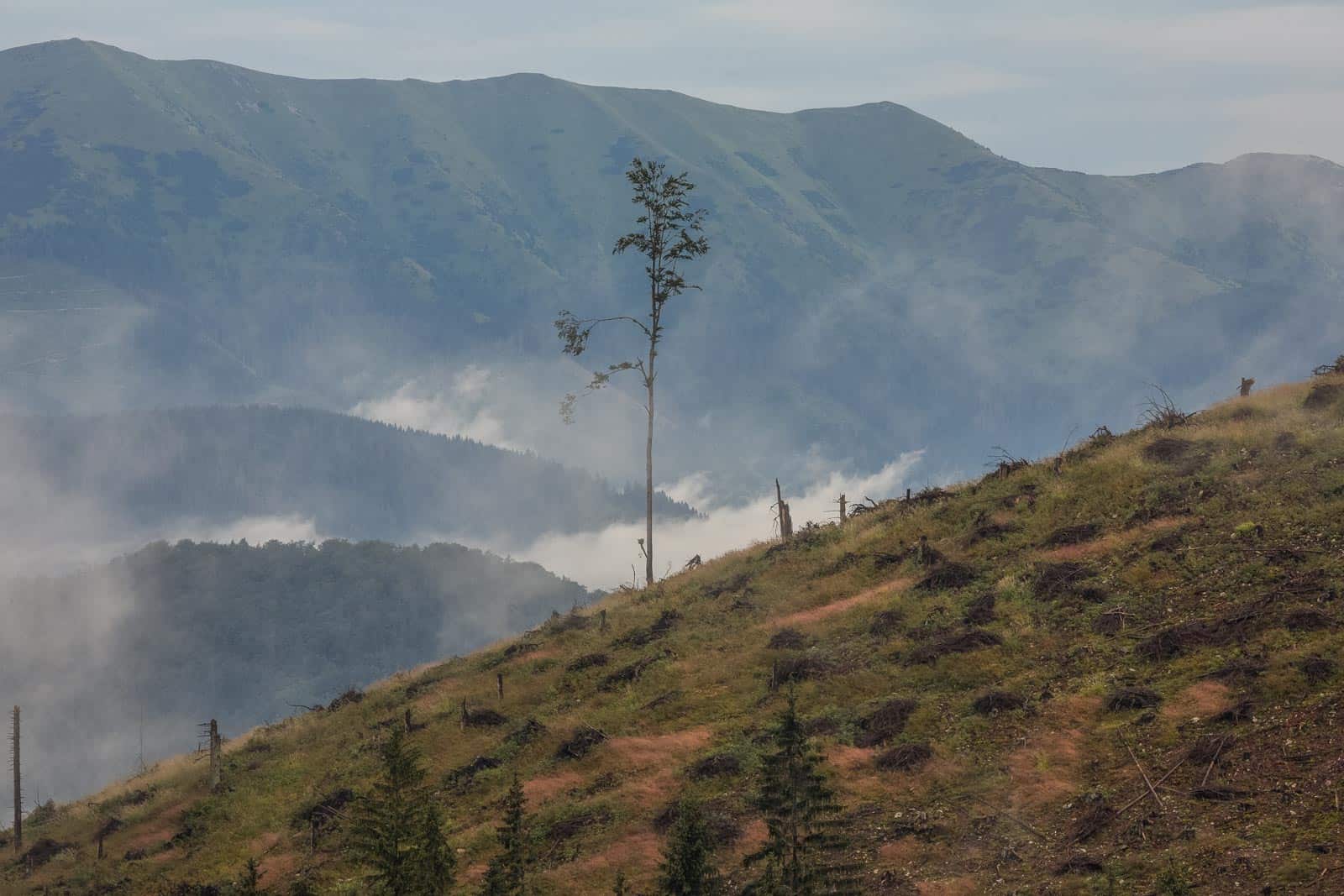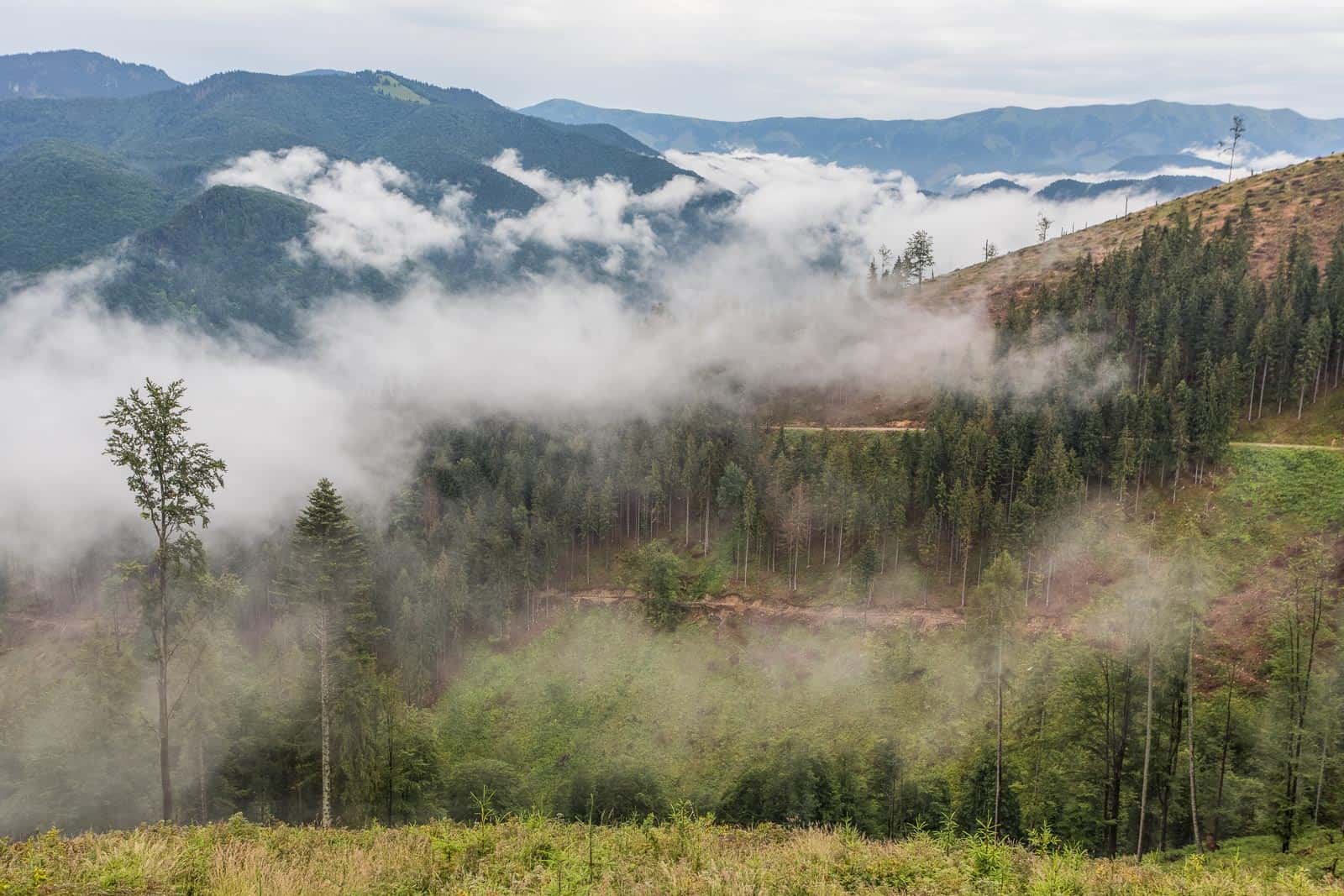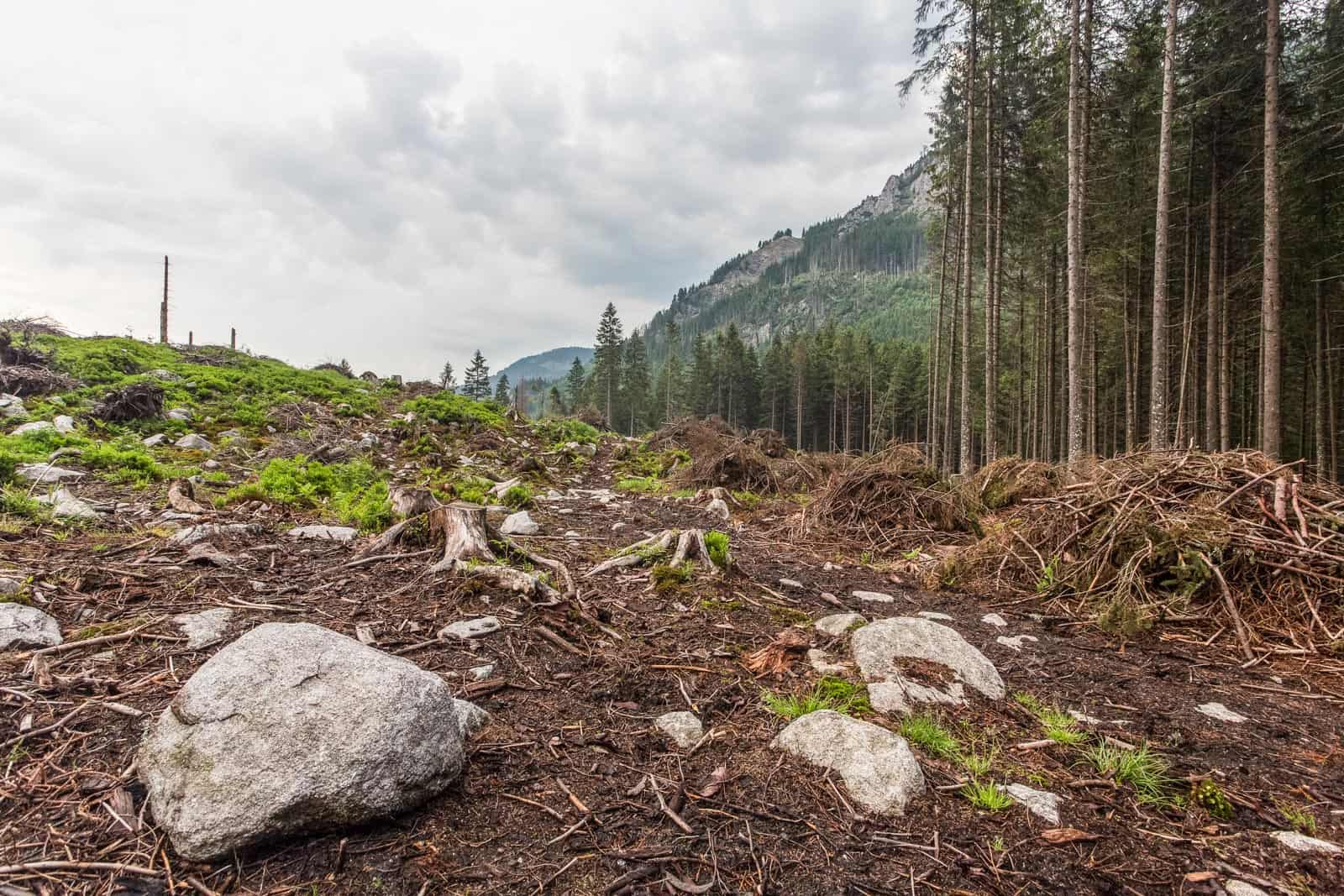Forest disaster in Slovakia
The forests in Slovakian mountains are considered by many to be the landscape least impacted by humans in Central Europe, in the last two decades. This is not true anymore. This part of Slovakian natural heritage is gone.
Please also read: Slovakian forests under threat
Slovakia is facing the worst ecological disaster in its history. The European Commission has given this country two more months before it steps in. Slovakia has one weeks remaining before this ultimatum. If Slovakia does not stop destroying the last remnants of its natural forests in Europe by March of this year, the European Commission will refer the case to the Court of Justice of the European Union. There is a threat of extraordinary fines.
The sad news is that the sanctions from the European Commission will not restore the old-growth forests and natural forests that have been lost from the Slovakian Mountains and protected areas. Ongoing logging, approved or ignored by political leaders, is already threatening not only the disappearing capercaillie, but above all it is threatening the people. For example they lose water-quality, natural biodiversity or the old-growth forests inherited from great-grandparents.


Sustainable forestry?
Forestry is an industry which was once considered an example of a sustainable activity. Forests were growing naturally and spontaneously. The role of the forest managers was to maintain forest continuity whilst simultaneously producing timber for society. Because of this process, the logging was interpreted as an important management tool for how to maintain sustainability in the forest.
Currently this model of sustainable forestry is under serious threat. Many people visiting Slovakian mountains are asking the question: how is it possible that areas protected under national and international legislation, are being logged? Slovakian National Parks, Natura 2000 sites, many areas that focus on nature conservation, do not have the protection they need.
Why it is important not to log
There are several reasons why not. Looking at this issue from the legislative perspective, logging is not compatible with the primary purpose of protected areas – to protect nature! Logging leads to a massive loss in biodiversity. From the sustainable use perspective, large scale logging effectively means depriving our children of forests in the future. And ecologically, the current scale of logging is alarming as it accelerates global warming.

Clearcuts in protected areas
Forest in Slovakian protected areas is managed by the Ministry of Environment and the Ministry of Agriculture and Rural Development. Two contradictory laws applied – Environmental law and Forestry law and that cause chaotic situation. Forestry law is often contradictory also to Natura 2000 legislative and overriding either Environmental law or European Union legislation. Result is the salvage logging in protected areas and planting of unnatural “forest”. Slovakian foresters often claims, that they are protecting forests from bark beetle, but the way they do is suppressing natural dynamics and postponing regeneration of natural forests.
The result is that currently a large part of many protected areas is clearcut. Walking in these protected areas is often like walking through land recovering from war. Overturned land and mud runs into the channels left by forest tractors after logging. There is dirt, oil spills and massive erosion. It is something that should not happen in protected areas.

Loss of potential Wilderness
The current intensity of logging inside Slovakian Protected Areas is unprecedented. Logging today is more intensive than in the 18th century, which is a time when the majority of forest in Slovakia disappeared because of a huge need for timber and land for agriculture. Forests which spontaneously restored in the last 200 years, which could fall into the criteria for high-quality European Wilderness, is disappearing. Slovakia, recently very proud for its extensive network of protected areas, has less and less chance to contribute to the European Wilderness Network.











We should understand that bark beetle is just one of many natural disturbances impacting spruce. Other natural disturbances are wind, storm, temperature, snow, frost, fungi, avalanches, etc. With all these disturbances spruce is in the interaction for ages. Result of that interaction is that spruce grown in mixed forest and in very high elevation (close to the tree line). Everywhere else is artificially planted and so much more sensitive on natural disturbances.
The man has a temptation already for centuries to ignore that and due to pure economic interest created (and often is still creating) man-made spruce mono-aged monoculture. We already know that the majority of large scale natural disturbances in spruce forest are therefore happening in artificially man made spruce monoculture forest.
Let’s become more smart and careful nature observer and learnt more from nature. Mono-cultured mono-aged, spruce forest, planted outside of natural distribution is definitely not solution…
Hi,
you are right and a mixed forest actually is even more resilient against any form of devastation including bark beetle. The reality is that spruce is exponentially higher threatened from the climate crisis and all scientific forecasts predict that it will be one of the first trees to suffer from the increasing temperatures coupled with the resulting droughts. We can see this already in the Waldviertel in Austria or in Brandenburg or even on Lower Saxony. We will report on this soon.
Your story is misleading.
Bark beetle never hits young fast growing spruces, old spruces are more vulnerable. I have in my forests never seen bark beetle hitting young groving trees. So it is good to cut deteorating forest and plant new trees to the yellow areas. Ofcourse warm summer favor bark beetle populations. Canadian forests are currently carbon source, not sink due to large scale foresta destruction. Only in Scandinavian forests there is a considerable carbob sink as far as I know.
Hi,
Well Bark beetle is not the reason forests die. It was the forestry management with monocultures of fir and spruce where disasters like windfall, snow and now climate overheating provided the bark beetle with a perfect habitat. Unamanged forests are almost never struck by bark beetle epidemics. So striking a balance between traditional managed forests and WILDForest is the challenge looking ahead.
You did not mention the large natural forest destruction caused by forest bark beetles. It is the real reason for large scale logging. Dry summers and bark beetles destroy forests in large scale. It is good to try to save even larger spreading of these beetles and dying spruces. I do not agree with the article text.
Human stupidity and greed are going to kill us all, sooner or later
Slovenská vláda + parlament = banda skorumpovaná mafiánska.
Sad and frustrating! I would be interested to hear what the sanctions will be.
It is simply a nasty business for few and the rest, who work for the industry, do not realize what they do 🙁
The legislation was made(left) on purpose in the way so that it could be bypassed so that the business can continue. Hunting and deforesting is the main goal… Unfortunately. There is huge public disagreement, but those at the top do not give a damn. Slovak state Forrest industry behaves as the worst capitalist. But while usually the capitalists deprave other countries to keep their intact, our government does exactly opposite…
it seems that forestry practices in Poland and Slovakia are fundamentally different. I am wandering why? Is that embedded already in the forestry education…?
the real problem with Slovakia is that similarly like in Ukraine, they are allowed to make cleacuts in their mountains and what is even more dangerous – those logged stripes of the forest are done vertically, so after removal of timber, the whole slope is open to massive erosion and loss of upper soil. Why they are doing that is completely impossible to understand, such practices are unthinkable over the ridge in Polish part of the Carpathians
This is very frustrating to hear.